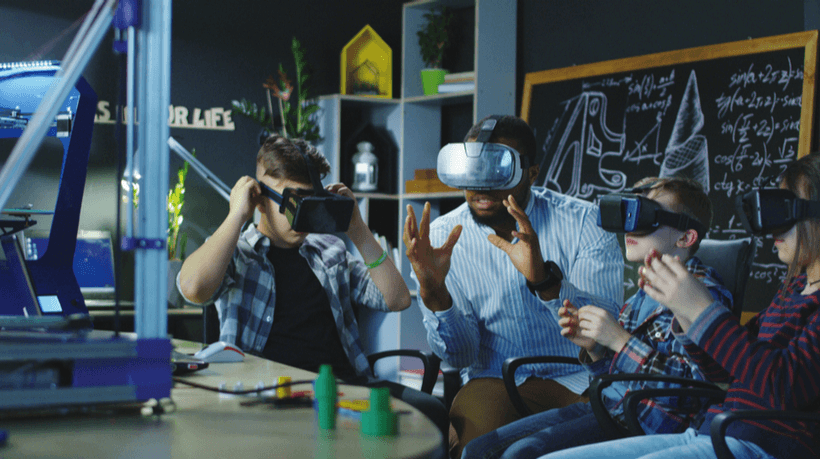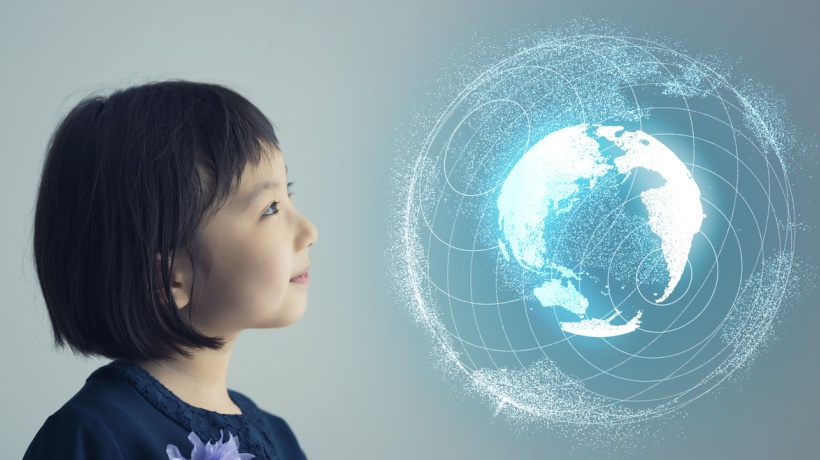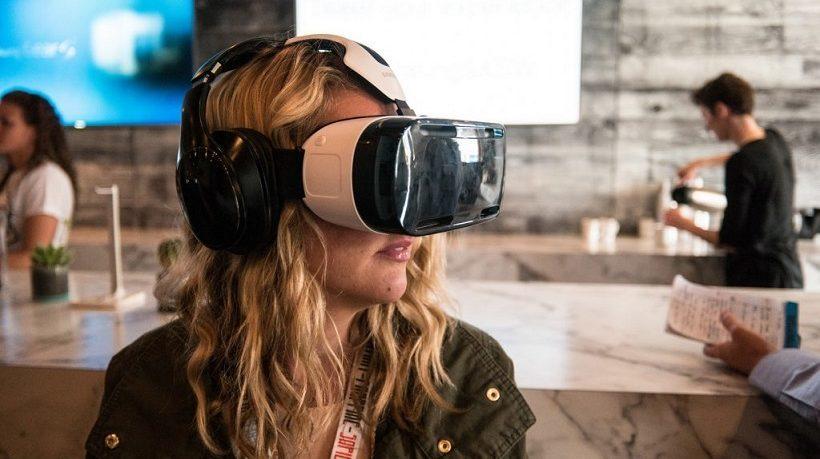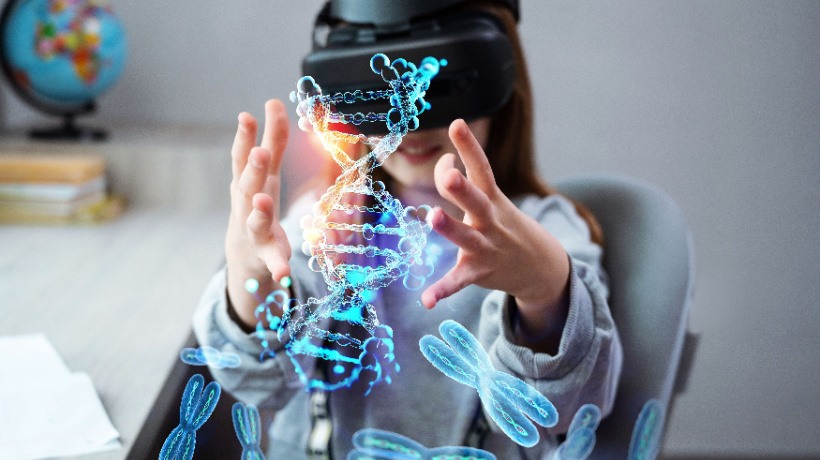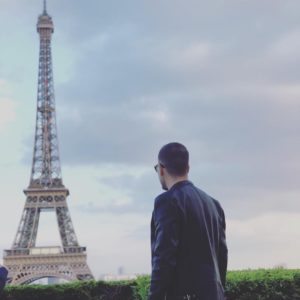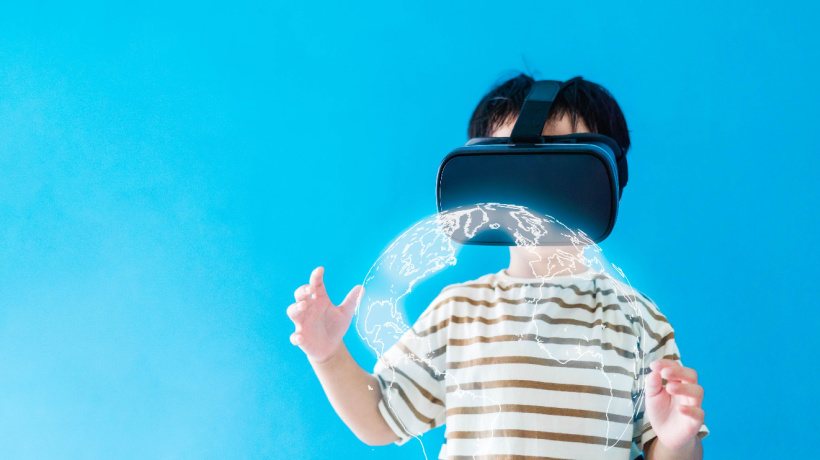Why Virtual Reality Is So Important In Education
Virtual Reality is defined by Merriam-Webster as “an artificial environment which is experienced through sensory stimuli (such as sights and sounds) provided by a computer and in which one's actions partially determine what happens in the environment,” and was first used in 1987.
Virtual Reality has many applications in the modern world. For instance, it is being used in the military for training, sports, mental health, the medical field, and so many other places. As our world is rapidly shifting toward online learning, VR finds new (and sometimes unexpected) applications in the education field.
Distance Learning
This past year, the COVID-19 virus has made education challenging. Distance learning with online platforms and Zoom video calls has become almost the new normal in educational settings. The future, however, could bring a virtual classroom where the students and teachers can enter and interact like they are in a normal class. The technology is out there currently, it is just a matter of schools being able to afford and finance this type of technology for the students.
The Ability To Learn By Doing, Not Just Reading
This really applies to topics like chemistry and science. Medical students can really benefit from Virtual Reality. Virtual Reality allows students to perform surgery without physically touching a patient, which is great for learning before you get a real living, breathing patient.
Students in mechanical fields can virtually assemble machines or troubleshoot systems, which allows them to view the inner workings of machines without having to spend a lot of money on physical items and machines. Chemistry and biology students can view things on a cellular level and really understand how things function.
An archeology or anthropology student can have the experience of a virtual excavation, a way to learn the techniques before going out and potentially damaging real items that are millions of years old during an actual excavation. The ability for students to get hands-on virtual experience before going out into the world can save a lot of money and protect both lives and ancient artifacts.
Students can even learn how to construct a building, and watch it go up brick by brick, and then explore the building that they have built. Plumbing and electrical wiring can be learned virtually as well, without the risks of fires or floods.
The Ability To Take Virtual Field Trips
With COVID keeping everyone at home, virtual field trips are becoming available to even the general public. Places like the Vatican, SeaWorld, the Van Gogh Museum, The Metropolitan Museum of Art, and even the Smithsonian have virtual field trips where you can explore and interact, just as if you were actually there.
NASA has an app that can be downloaded for a Virtual Reality experience. There are also virtual reality experiences you can pay for, like the Winchester House of Mystery. There are tours of dairy farms and other educational tours that can be used for schools. The ability to travel anywhere in the world and see things that are there in real life without physically being there is a great way to learn and explore the world.
Creative Learning
Virtual Reality allows students to learn through creative means, such as educational games. It works almost like a video game system, where the students feel like they are playing a fun video game and not realizing that they are retaining knowledge and learning something new.
This is a great way for younger students to get immersed in education and learning. It can also be extremely beneficial for students that may be autistic or have Attention Deficit Hyperactivity Disorder because it will allow the student to feel as if they are on the move but they will be sitting still learning.
The United States military services and law enforcement use Virtual Reality to train their students/new recruits on things like clearing rooms and even target practice. Training virtually can boost both confidence and skills before testing on the real thing.
There are even fire departments using Virtual Reality for their new recruits/candidates/students. The ability to learn how to search a burning building or even put out a fire correctly can help prevent a lot of training accidents.
Introduces Technology
Virtual Reality gives students a chance to learn and try out new technology before it is even available to use hands-on. Even the Mayo Clinic uses robots for surgery.
As new surgery robots are created, medical students have the ability to train on these robots before using them on an actual person. Virtual Reality also is a great way to introduce students to all the new and upcoming drone technology that is popping up all over the world.
Drones are being used as toys, by police to monitor speed, and to check temperatures in crowds to see if anyone is violating a quarantine order. There are robots that work with bomb squads, which can be learned to be operated remotely.
The ability to give students virtual hands-on, real-world technology before they get into a field is priceless. It allows students to be trained all at once, instead of students having to wait in line and learn one at a time. This saves a lot of time and allows teachers to focus on other material if needed.
As time goes on, Virtual Reality will be used more and more every day and for more and more things. Eventually, we will be able to stop spending millions on building new schools and be able to just issue students a Virtual Reality device to learn on.
Schools will be able to become more basic, as learning can be enhanced much more in the classroom. There will also be the ability to have students in a physical school and students who are homeschooled all sit in one virtual classroom together while they learn, promoting a bigger sense of community.
